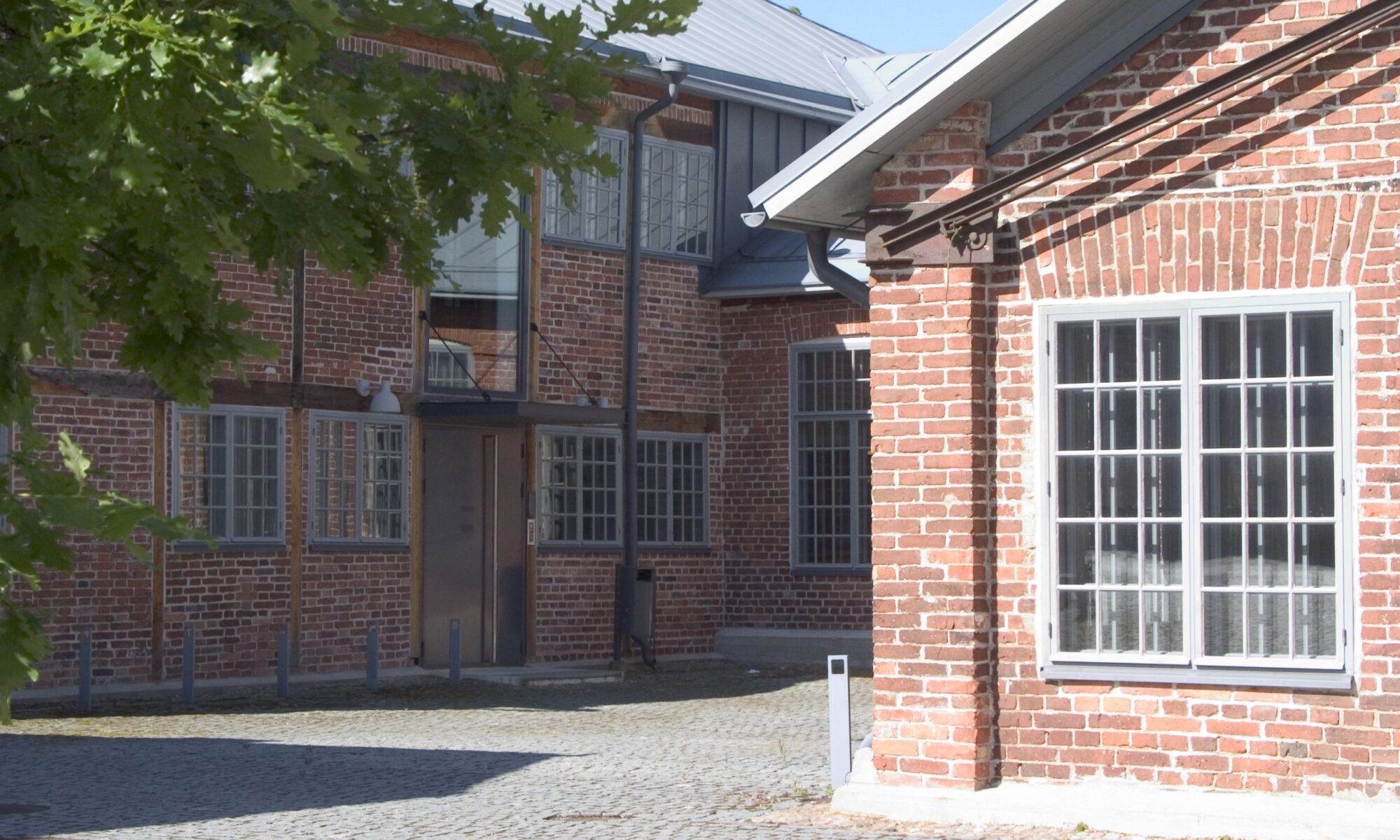Johanna Carlie, Department of Logopedics, Phoniatrics and Audiology, Lund University
Background
A quarter of Sweden’s primary school children have Swedish as their second language (sequential bilinguals). These children can have trouble reaching primary school’s learning goals to a greater extent than children with Swedish as their first language. Comprehension of the school language is essential for school success. Several factors influence children’s language comprehension: language background, socio-economic status (SES), complex working memory, phonological short-term memory and background noise. During early primary school, comprehension is often assessed though narratives.
Aim
The aim of this cross-sectional study was to explore how background babble noise affects narrative listening comprehension in children attending schools in socio-economically disadvantaged areas, and how factors known to influence language proficiency impact their comprehension. Our hypothesis was that children with less exposure to Swedish would be more negatively affected by background noise.
Methods
85 typically developing children attending school grades 2 and 3 (Swedish system; ages 7-9 years) in low-SES areas completed a narrative listening comprehension task (LFM) in two listening conditions (quiet and background babble noise), a crosslinguistic nonword repetition test and a backward digit span test. They were divided into three language background groups (sequential bilinguals, simultaneous bilinguals and monolinguals), and three parental education levels (primary school or below, secondary education and tertiary education). Results are based on two linear mixed models: one for the whole sample (n = 85) and, to include duration of Swedish exposure, one for only the sequential bilinguals (n = 53).
Results
In the whole sample, preliminary results show that listening condition is the factor that influenced LFM performance the most, closely followed by nonword repetition accuracy. Parental education level and language background also had a significant influence and backward digit span performance showed a clear trend to influence LFM performance. In the sequential bilingual sample, listening condition followed by nonword repetition accuracy and parental education level had a significant influence on LFM performance. Both backward digit span and duration of Swedish exposure were non-significant. There were no significant interaction effects between the included factors in either model.
Conclusions
The presence of background babble noise has a large influence on primary school children’s narrative listening comprehension. In contradiction to our hypothesis, the magnitude of the negative effect of background babble noise did not depend on factors affecting linguistic proficiency (language background, SES, phonological short-term memory and complex working memory).
